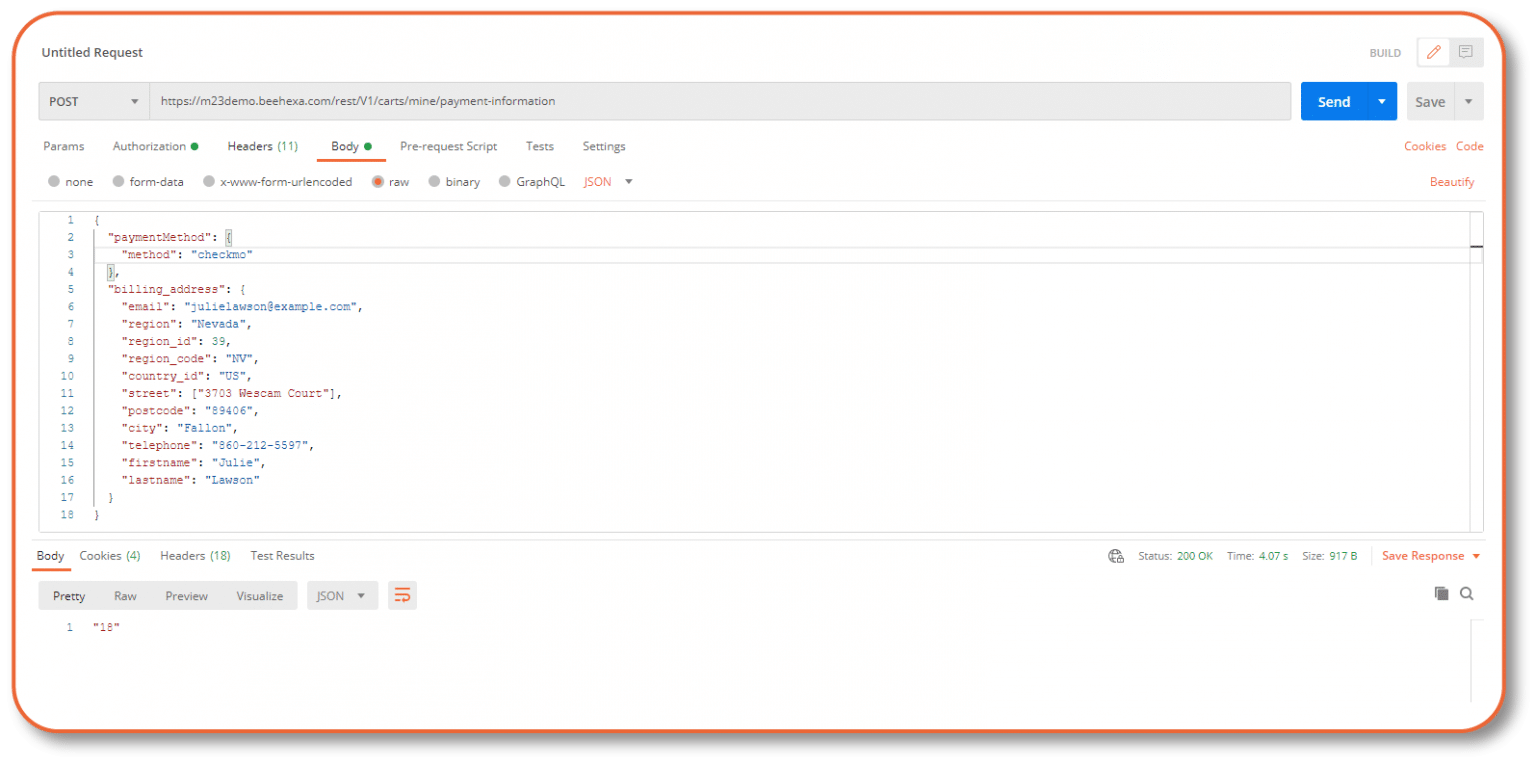

JavaScript files excluded from bundling are loaded asynchronously by RequireJS as needed.Īs such, you should exclude the JavaScript files you use for testing or development so that they are not loaded on every page. The node in the etc/view.xml file for a theme specifies the files to exclude from the Magento JavaScript bundling process. But the time saved from reducing server requests from hundreds to just a few, usually offsets the cost of downloading the bundles synchronously. Because the browser downloads the bundles synchronously, page rendering is blocked until all bundles finish downloading. When you enable bundling, Magento combines hundreds of JavaScript files into just a few JavaScript bundles and downloads those bundles for each page. The next time this file is updated (with bin/magento setup:static-content:deploy), a new version will be generated, causing the browser to download a new file from the server, thus busting the browser’s cache. But when you enable the setting ( config:set dev/static/sign 1), the same URL might look something like this: static/version40s2f9ef/frontend/Magento/luma/en_US/mage/dataPost.js, with a version number added as shown.

Use translation dictionary to customize stringsįor example, when Sign Static Files is disabled (which is the default: config:set dev/static/sign 0), the URL to a static file might look like this: /static/frontend/Magento/luma/en_US/mage/dataPost.js.Create a responsive mobile theme based on a default theme.
Magento 1.9 devdocs how to#
How to Make Your Theme Responsive and Mobile.Simple style changes with client-side LESS compilation vs.Simple ways to customize a theme's styles.Use Sass preprocessor and Gulp task runner.Conventional notations used in this Guide.


 0 kommentar(er)
0 kommentar(er)
